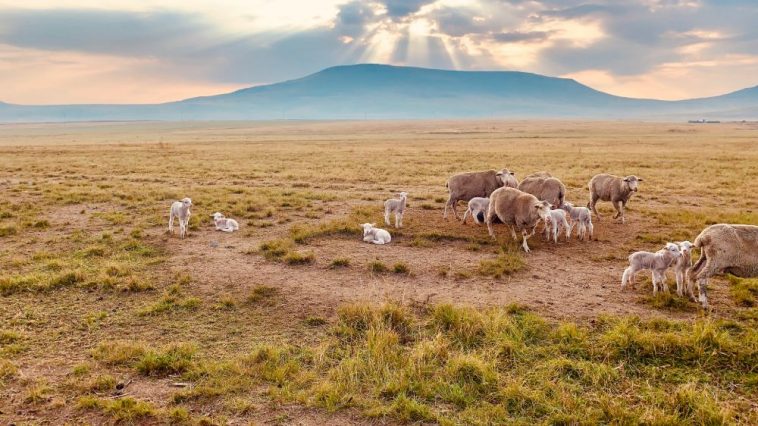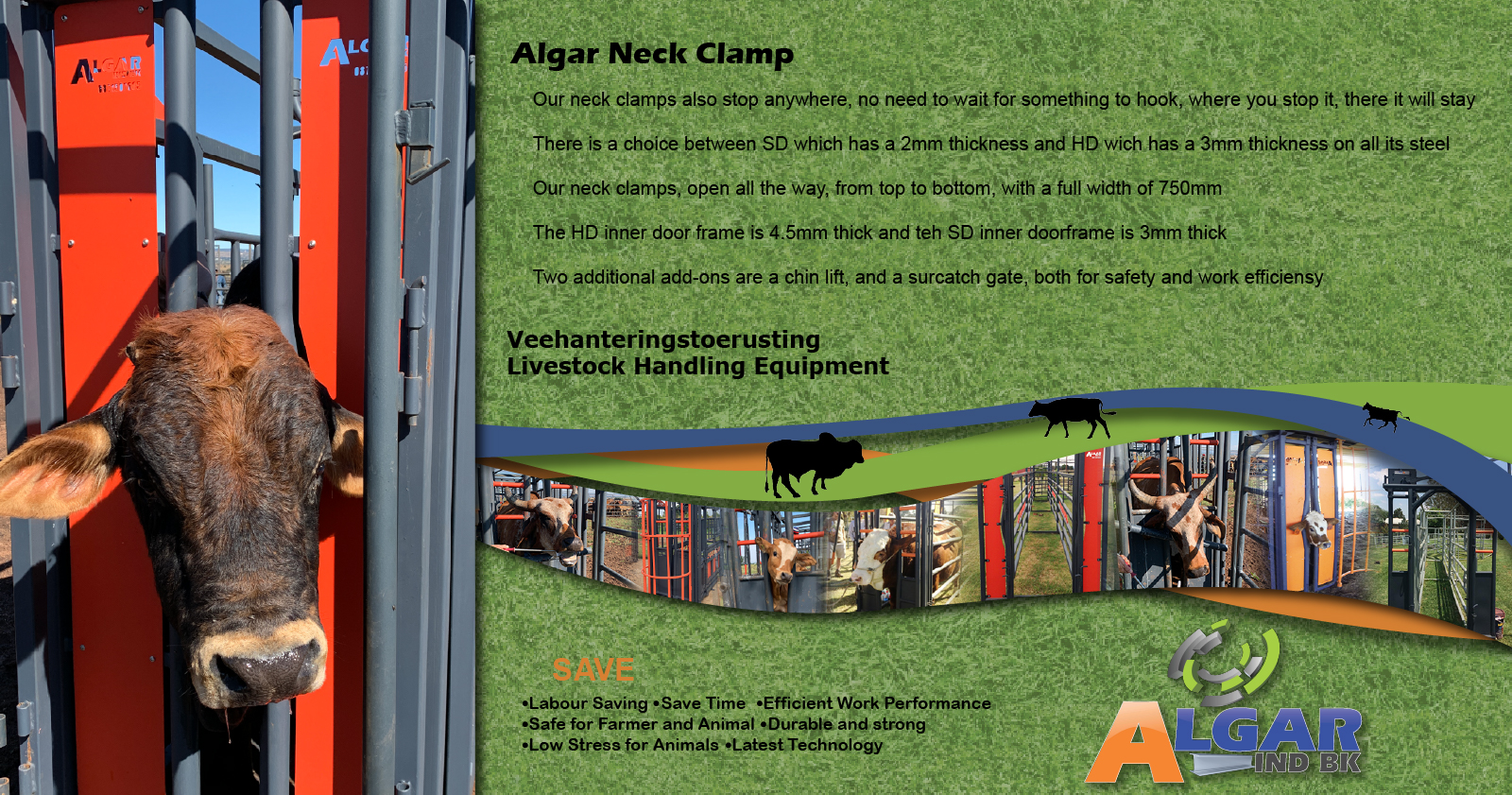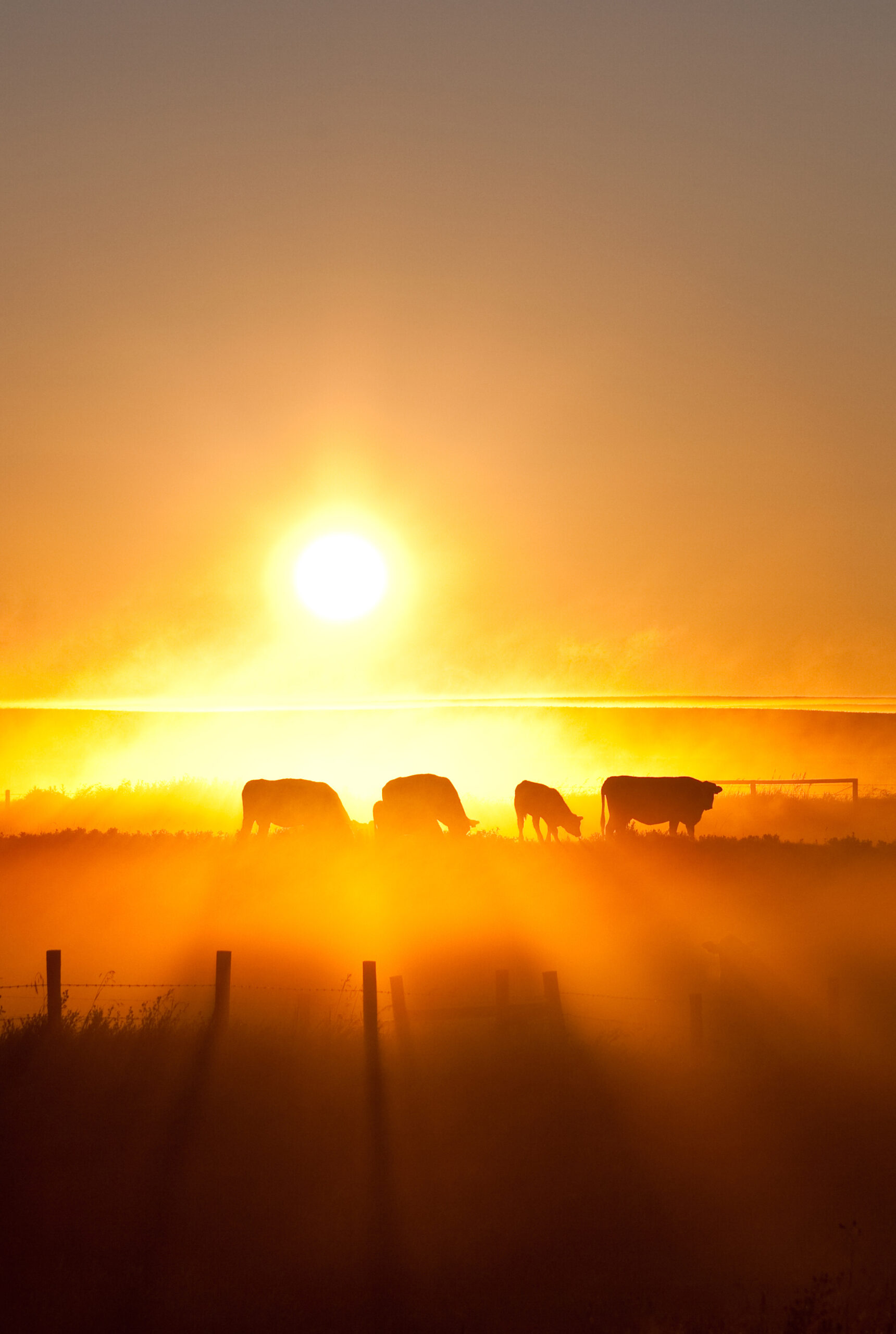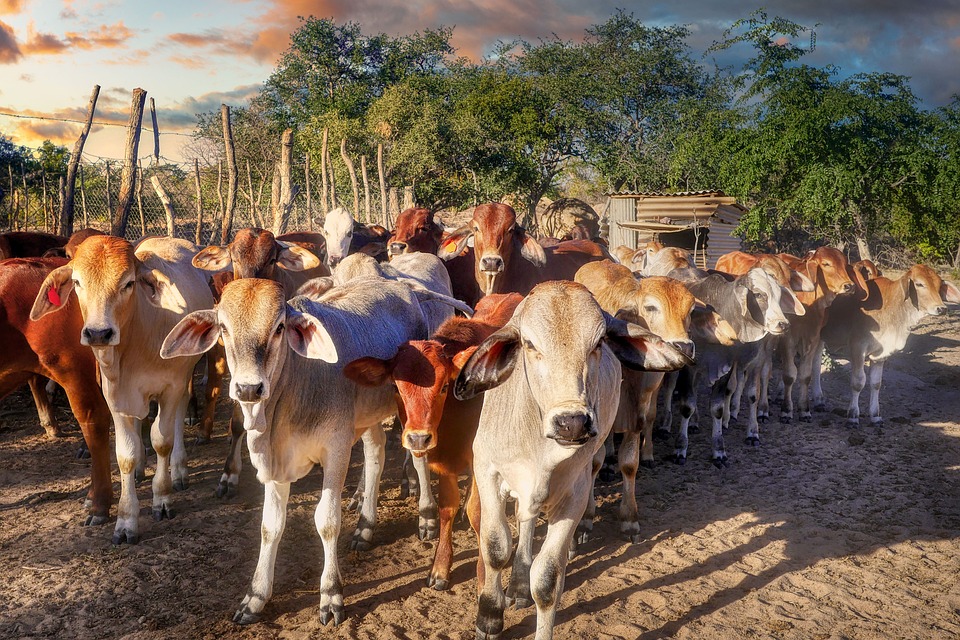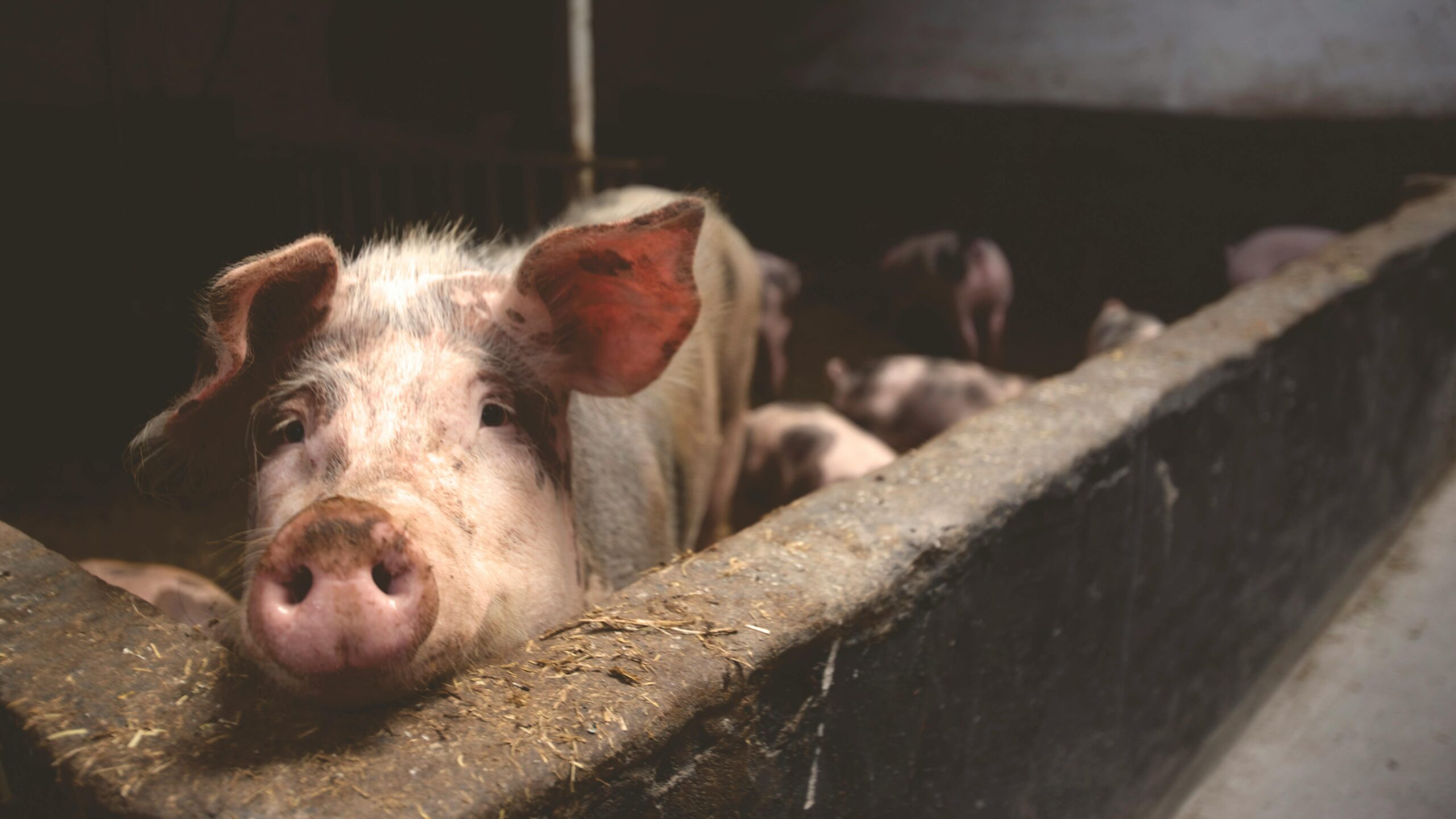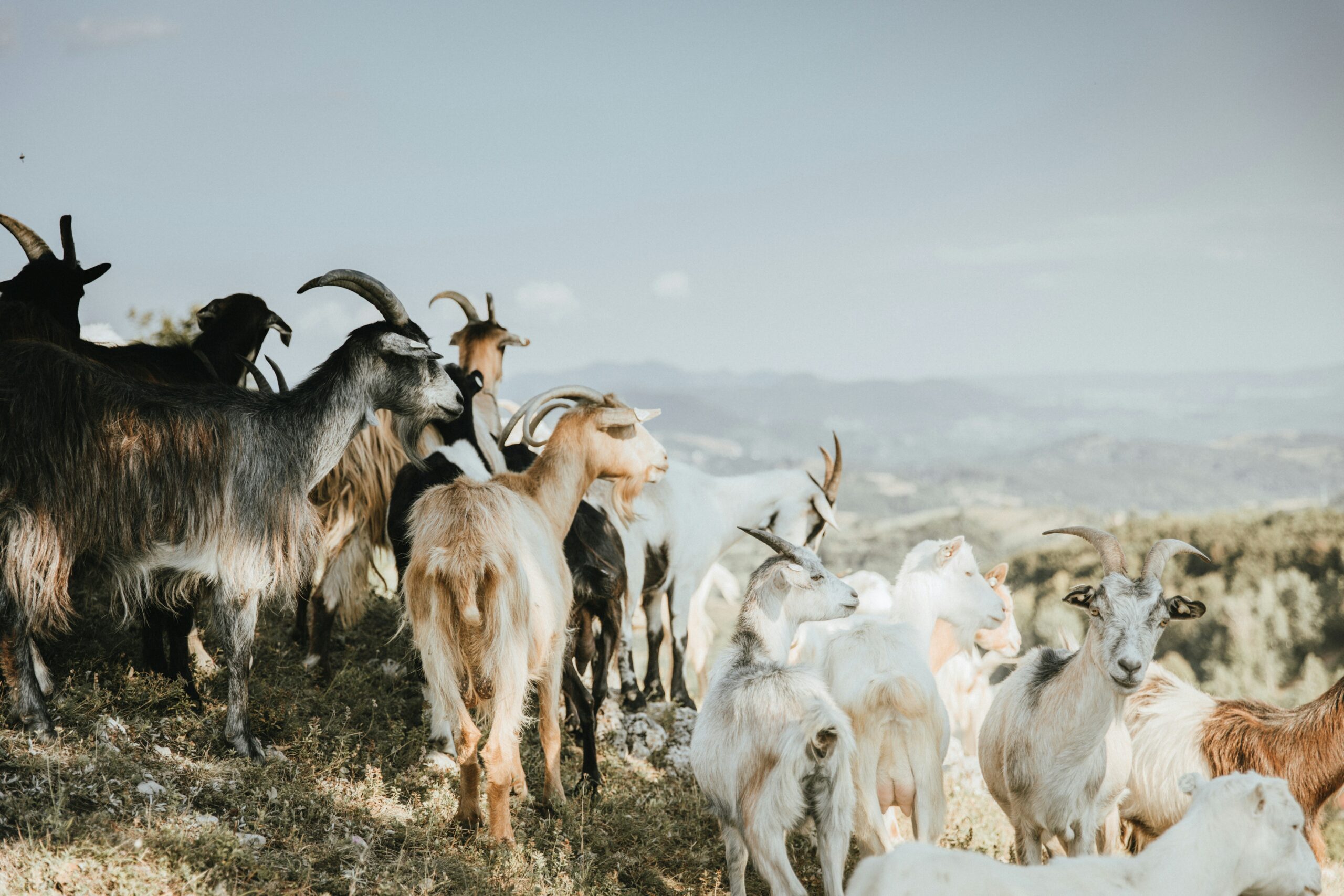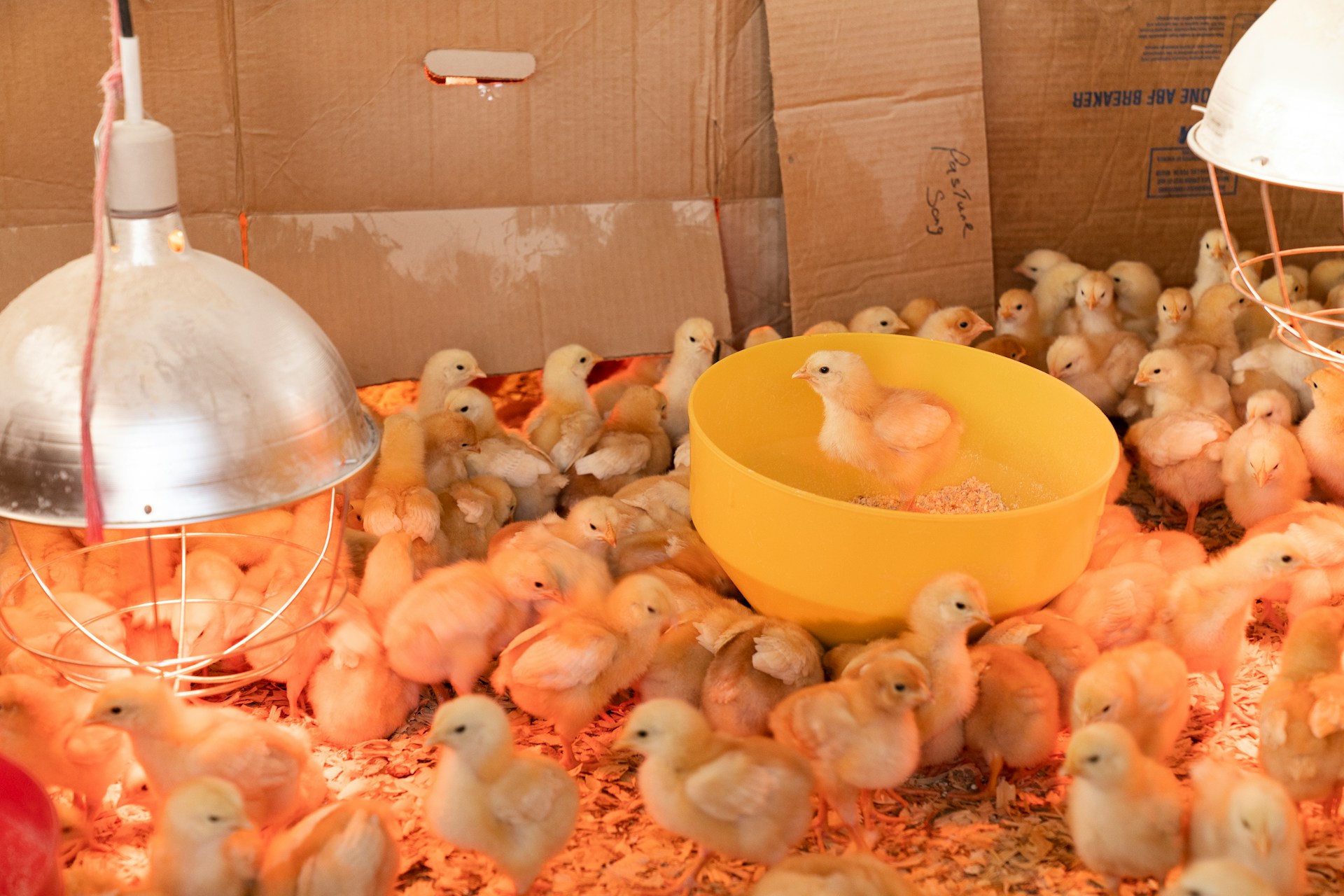Raising sheep can be beneficial in many ways. Sheep can eat vegetation that is not fit for human consumption. Sheep populations tend to grow rapidly, and their gestation period is much shorter than that of cattle. A faster growth rate of the animal population is thus possible.
Capital expenditures for sheep production systems are lower than those for cattle. Farmers can quickly see the results of their feeding, genetic, and management choices.
South African Mutton Merino
The Dormer and Dohne Merino both trace their ancestry back to the German Merino, a multipurpose sheep that served as a foundation for the development of those breeds. The Merino breed has been refined through generations of selective breeding in South Africa.

South African Mutton Merino ram. (Source: savleismerino.net)
This large breed of sheep is a useful resource due to its fine 21 to 23 micron wool, and meat. The Mutton Merino was originally bred to take advantage of the Western Cape’s winter grazing and to raise their lambs before the grazing deteriorated in the summer.
However, because it is so adaptable, it is now found all over the country.
In addition to being resistant to parasites like the hairworm, this breed is also less likely to contract diseases like Johne’s. For the first time, ewes could give birth at the age of 22 months. At 100 days, the maximum weights that ewes and rams of the Mutton Merino breed can achieve is 35 kg, and they can produce good volumes (4 kg) of medium to strong wool. The Mutton Merino sheep gain weight as they age, allowing for a greater live weight to be slaughtered. There is no obvious fatty area on the carcass.

South African Mutton Merino ewes and lambs. (Source: savleismerino. net)
It is not uncommon to see lambing rates of over 150%, and the ewes typically produce enough milk to nourish healthy, full-term lambs. The mature weights of SA mutton Merino rams are between 100 and 110 kg, and those of ewes are between 70 and 80 kg.
Dormer Sheep
In South Africa, Dormer meat sheep were bred by crossbreeding Dorset Horn rams with German Merino ewes. Dormer comes from the combination of the names of its two parent breeds, Dorset and Merino. Even though the breed was developed in areas with winter rain in the Western Cape, it can be raised successfully in more temperate climates, both on natural veld and on cultivated pastures.

Dormer ram. (Source: dormersa. com)
The Dormer is a hornless, white woolled sheep with a sleek body and excellent meat conformation. Multiple births are commonplace because of the breed’s high fertility. Lambs are born very small but quickly mature into their full size. The mature weights of Dormer rams are between 100 and 110 kg, and those of ewes are between 70 and 80 kg.
Dormers typically have white wool averaging 27 microns in thickness and known for its strength. The well muscled sheep reaches reproductive maturity at a young age (first lambing at 18 months) and is extremely fertile, producing many small lambs.

Dormer ewe and twin lambs. (Source: dormersa.com)
Because of the breed’s rapid growth and high feed conversion rate, lambs of this breed can be sold at a marketable weight of 16 to 22 kilogrammes at only three months of age. When it comes to the Muellerius lungworm, the Dormer has the upper hand.
Dohne Merino
Because of the harsh conditions of the Eastern Cape’s sour grass veld, the Dohne Merino sheep were developed by crossing South African Mutton Merino rams with Merino ewes.

Dohne Merino ram. (Source: Dohne Merino, Facebook)
Embryos of the Dohne have been shipped to Australia and Uruguay since the breed’s inception in 1939 so that breeder communities there could begin developing.
The white, hornless Dohne is a versatile breed that can be used for both meat and fine to medium wool.

Dohne Merino ewe and twin-lambs. (Source: dohnemerino.com)
Dohne lambs can gain the 40-kilogram butchering weight in only four to six months. Dohne ewes wean at 29,9 kg and rams at 31,1 kg at 100 days of age. The mature weights of Dohne Merino rams are between 80 and 100 kg, and those of ewes are between 50 and 65 kg.
Afrino
A locally developed dual-purpose sheep breed, the Afrino, has 25% Merino, 25% Ronderib Afrikaner and 50% SA Mutton Merino as its ancestors. It was bred to be a wool-producing sheep that would do well on large farms and grow up quickly so it could be used to produce lambs for slaughter.

Afrino ram. (Source: Afrino Sheep Breeders’ Society of SA, Facebook)
The Afrino is a large breed with wool of 18 to 22 microns, which can contribute 20% of its income; the rest is from meat production. The age of first lambing is about 17 months, and the average marketing (42 kg) is achieved in 7 to 9 months under veld grazing conditions. Afrinos do well in feedlot farming systems as feed is converted to muscle rather than fat. The mature weights of Afrino rams are between 80 and 90 kg, and those of ewes between 60 and 70 kg.

Afrino ewe and twin lambs. (Source: Jan Marais, Facebook)
Suffolk
The Suffolk sheep, originally from England, arrived in South Africa in the late 1890s. They are polled, meaning they do not have horns. Even though the Suffolk is mostly used to produce wool, it is also regarded as a mutton breed.

Suffolk ram. (Source: Suffolk Sheep Breeders SA, Facebook)
This large, muscular breed, distinguished by its black head and legs, not only yields a carcass with an excellent lean-to-fat ratio, but also wool of medium fineness. Birthing is simple for Suffolks, but they rarely have identical twins. Suffolk rams are popular for crossbreeding because they produce large, early-maturing lambs that are ready for sale after only two months.

Suffolk sheep. (Source: Scott Brown, Facebook)
Mature Suffolk rams can weigh between 113 and 159 kg, while ewes weigh between 81 and 113 kg. A mature ewe’s average yield is between 50 and 62 percent, with fleece weights ranging from 2,25 to 3,6 kg. With a fibre diameter of 25,5 to 33 micron and a spinning count of 48 to 58, the fleeces fall into the category of medium wool type. Suffolk fleece has a staple length of about 8,75 centimetres.
References
Breeds of Livestock – Booroola Merino Sheep, Department of Animal Science. (1996). Available at: http://afs.okstate.edu/breeds/sheep/booroolamerino/index.html
Ngcobo, J.N.; Nedambale, T.L.; Nephawe, K.A.; Mpofu, T.J.; Chokoe, T.C.; Ramukhithi, F.V. An Update on South African Indigenous Sheep Breeds’ Extinction Status and Difficulties during Conservation ttempts: A Review. Diversity 2022, 14, 516. Available at: https://doi.org/10.3390/d14070516
Sheep breeds. (2008). Department of Agriculture. Available at: https://www.nda.agric.za/docs/Infopaks/Sheep_breeds.pdf
Sheep Farming in South Africa. (2022). Available at: https://southafrica.co.za/sheep-farming-southafrica.html

